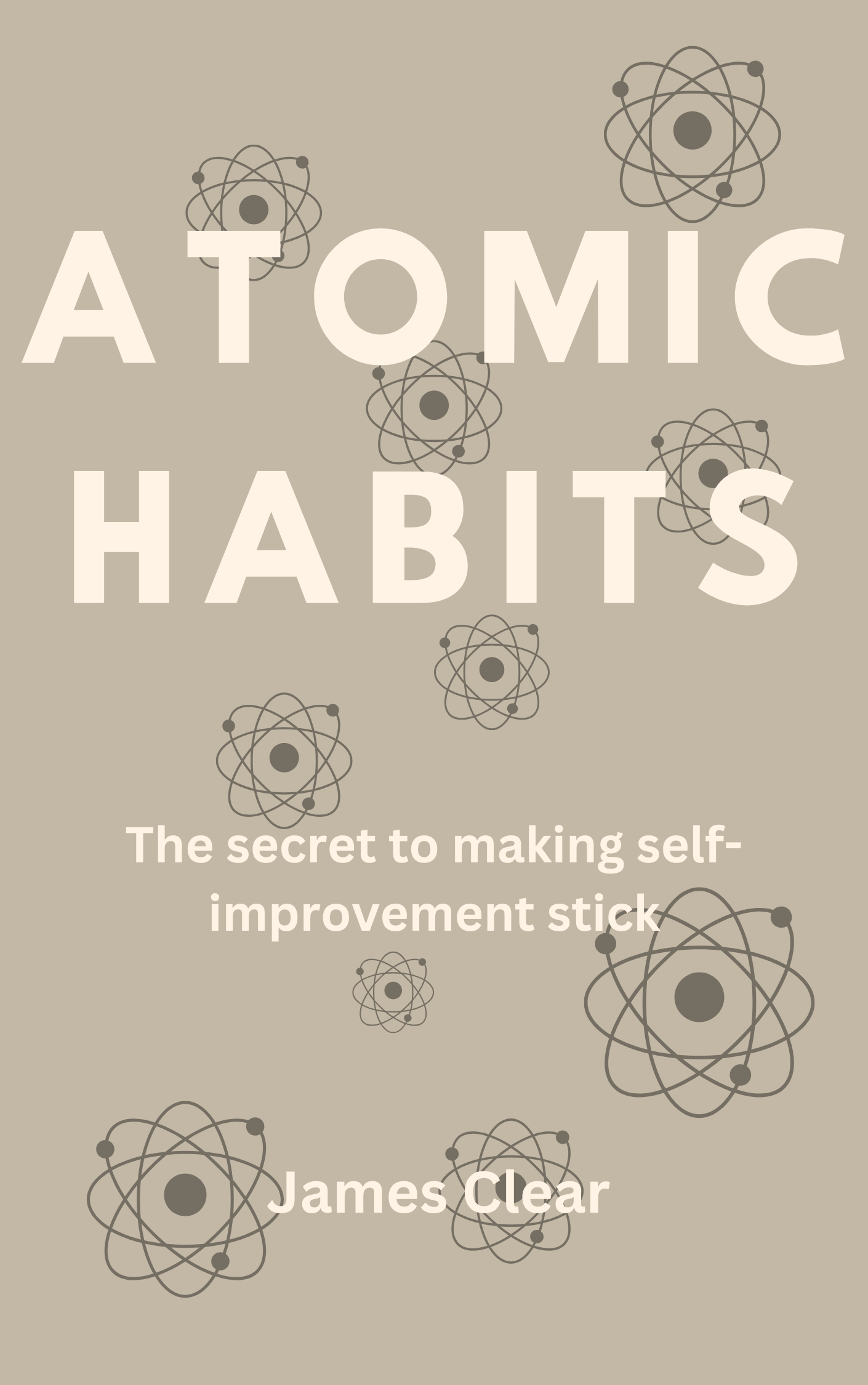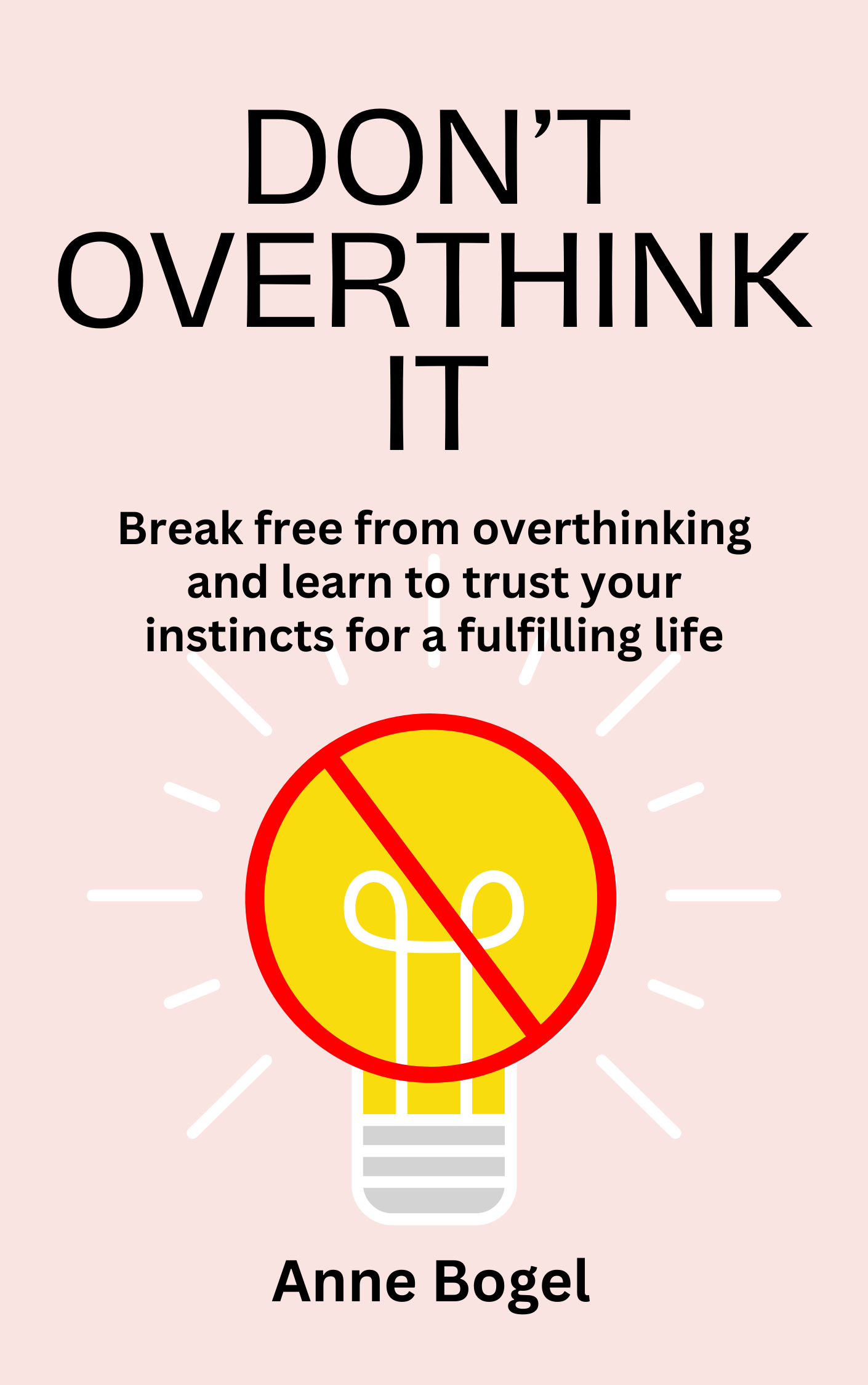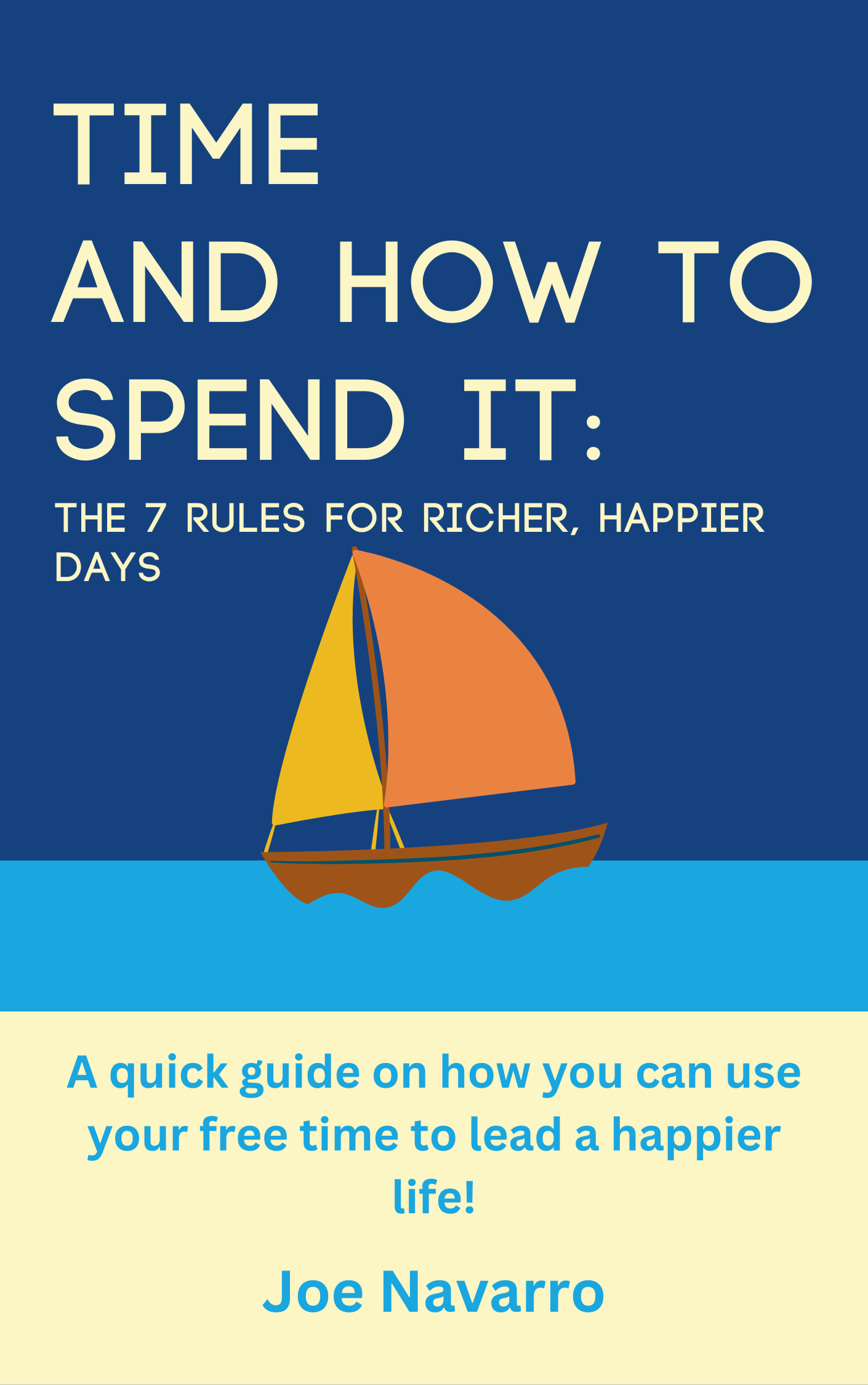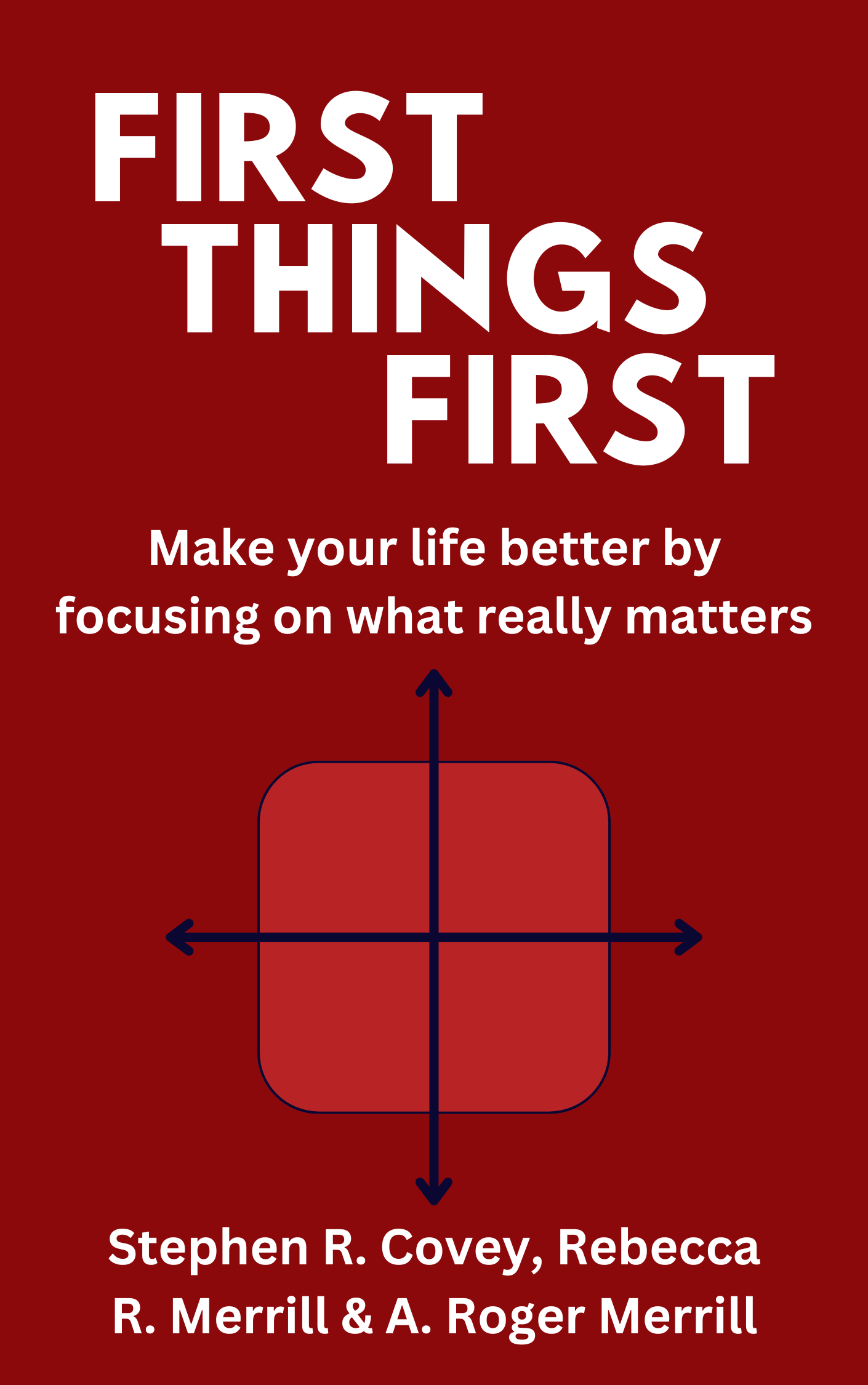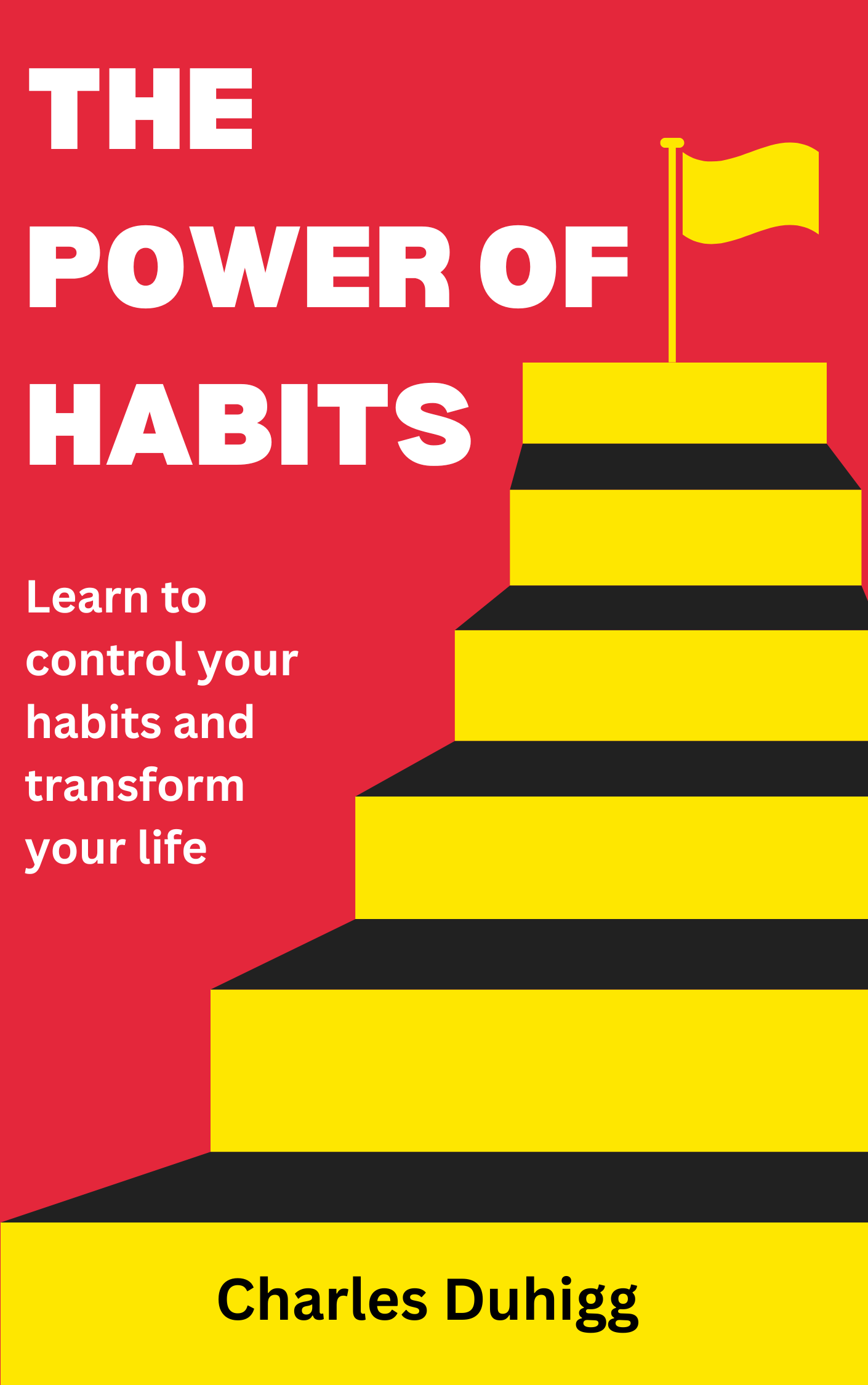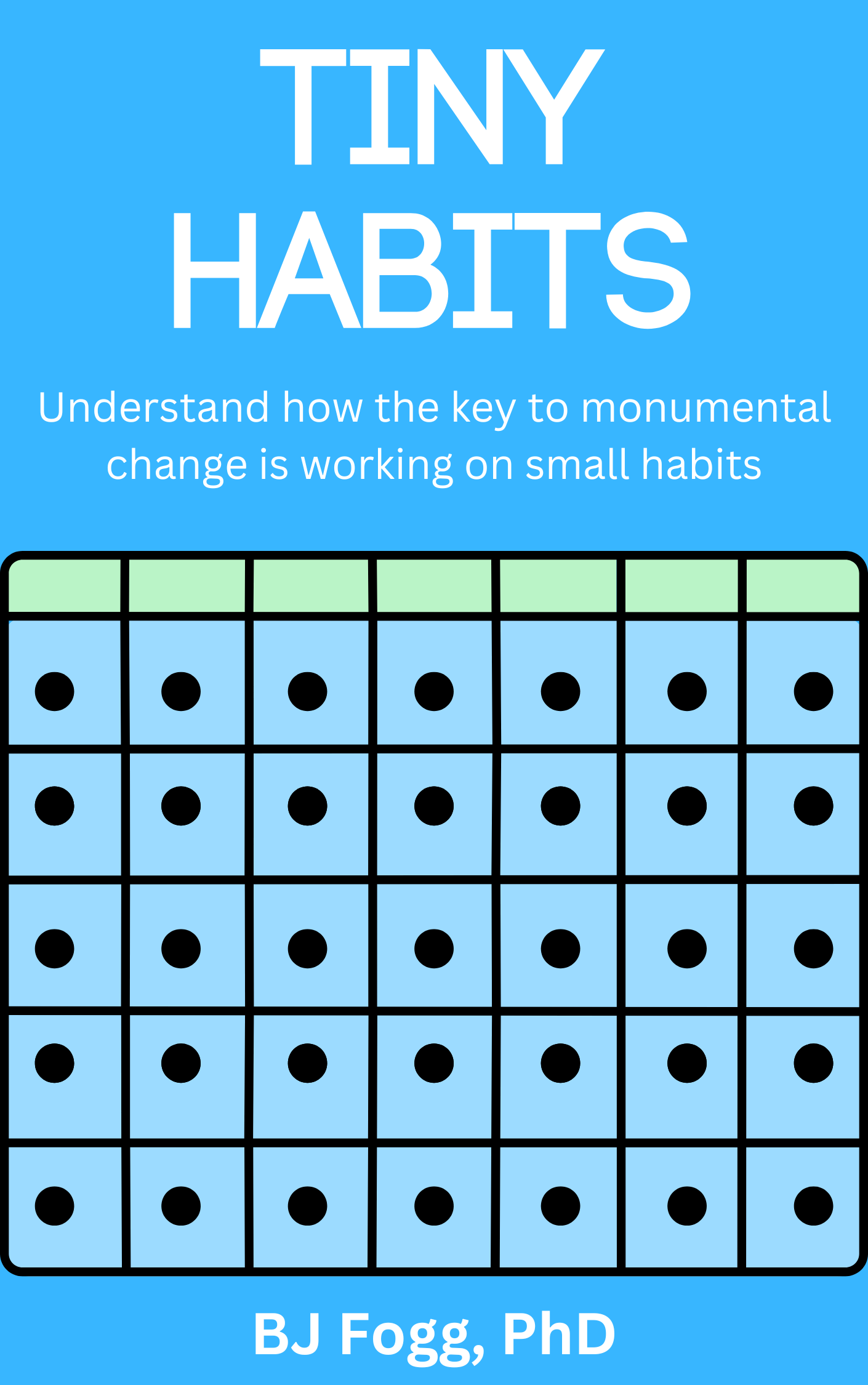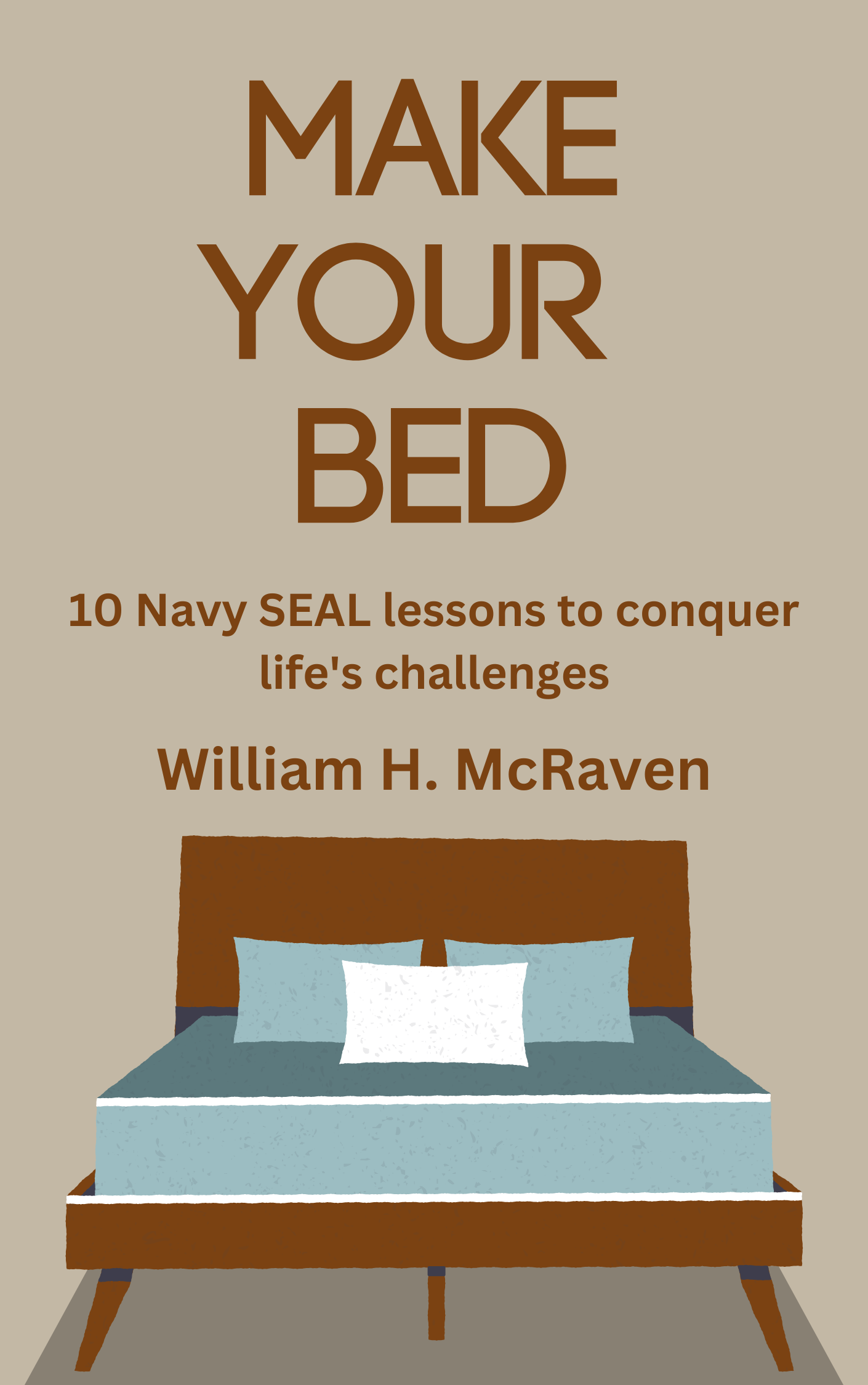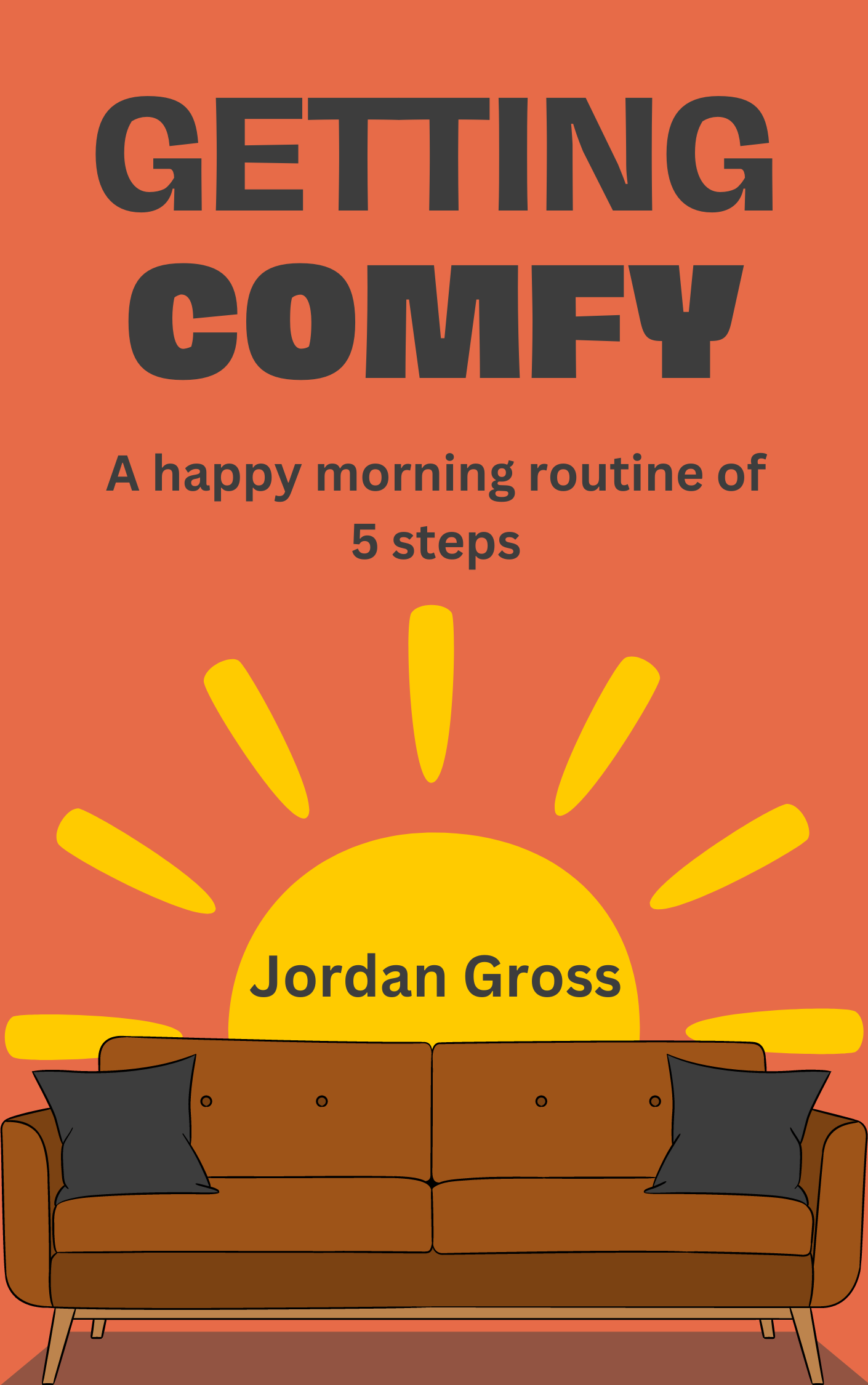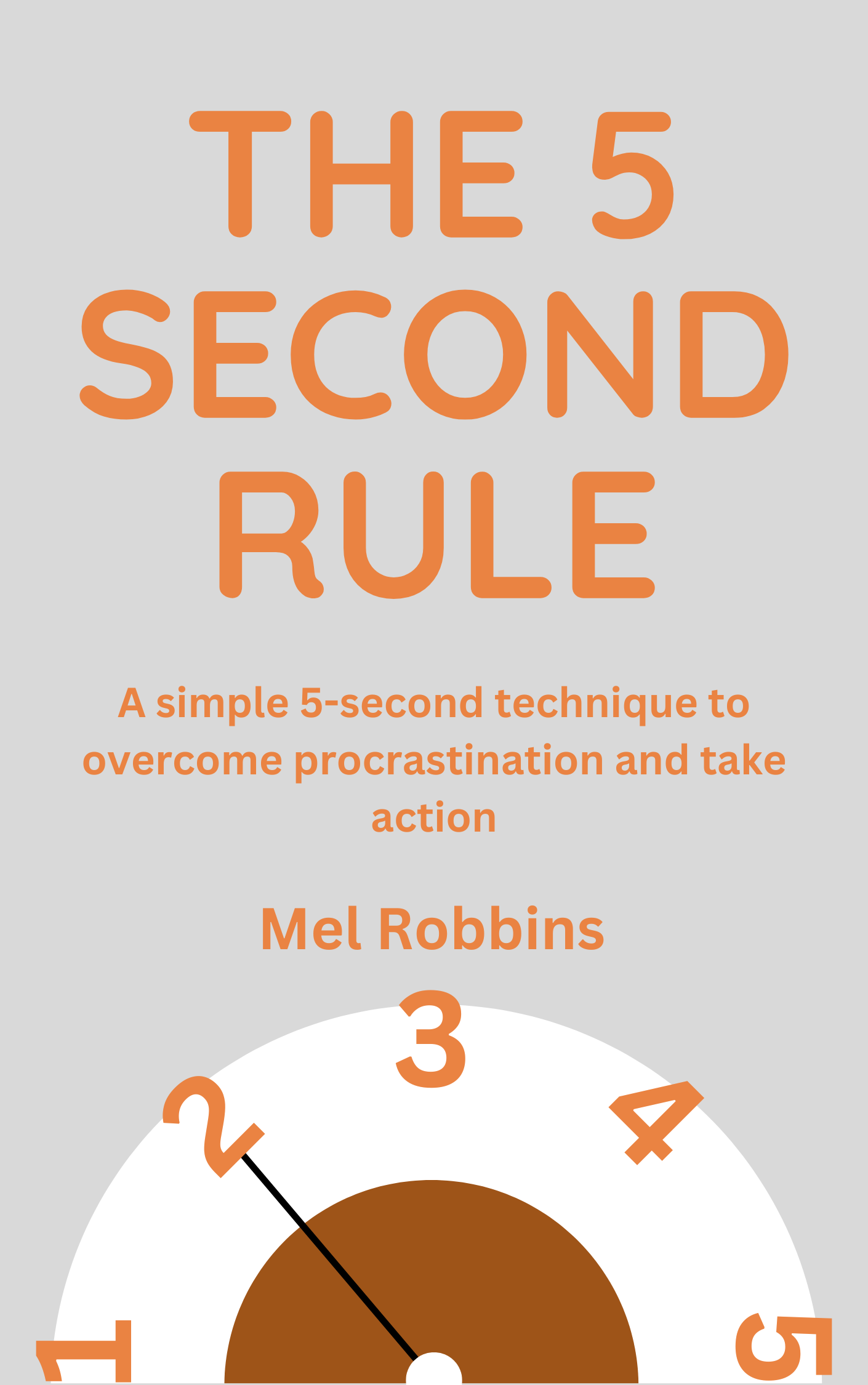Introduction
Baseball bat to the face. Multiple skull fractures and broken eye sockets. Memory loss. Coma. Not exactly the typical start to a self-improvement journey, is it? But that’s how it started for James Clear – an author, entrepreneur, and an expert on habit formation
After his accident, he made a remarkable comeback. All with seemingly trivial actions - consistent sleep, a tidy dorm room, regular study sessions, and steady workouts. These "atomic habits" - tiny, yet powerful - compounded over time, transforming his life. And just like that, this self-help guide was born! In "Atomic Habits," he unpacks how tiny, consistent changes can merge to form life-altering good habits.
Think you're too set in your ways? Clear's journey from brain-damaged teenager to Academic All-American might make you think twice. He didn't achieve that through a Hollywood-style montage, you know. He did it by working on the mundane. And you can, too! With insights from biology, psychology, and neuroscience, he give you a fresh, actionable framework. All battle-tested: from rebuilding his own life to transforming company cultures.
Curious enough? Let’s get started!
The Impact of Habits
Where were you 10 years ago? Look back and you’ll realize how much your life has changed, without you noticing. That's the impact of small habits.
See, it's tempting to chase major life changes - becoming an instant millionaire with a brilliant startup idea! The truth, though, is that on any given day, most of your decisions and actions have a relatively small impact. Nothing will happen immediately. Transformations happen slowly, through improving just a tiny 1% each day. That 1% becomes a totally different you after 10 years.
Say you want to get in better shape. Working out like crazy today won't get you ripped. But if you commit to going to the gym for just 20 minutes daily, and increase the workout intensity by 1% each time, the effects collect. Literally! It’s simple math - improving 1% daily means (1.01) to the power of 365. That’s 37.78 times better after a year!
It’s the same in all areas of life - finances, knowledge, organization and everything. Start reading 20 pages daily, and you won't magically become well-read in a month. But stick with that 1% habit, and the knowledge piles up exponentially over years. Save a mere $5 per day, and you'll find yourself wealthy in the long run.
On their own, your daily decisions seem inconsequential. But these choices accumulate, deciding whether you're improving or backsliding.
Now! Since this change is a slowwww process, we struggle to maintain habits. After studying Spanish for 20 days, you're nowhere near fluent yet. This trajectory can feel disappointing compared to your high expectations. But keep in mind, your current results don't matter as much as the trajectory you're on. A millionaire spending more than they earn is actually on a bad trajectory, despite appearing successful right now. Conversely, someone broke who diligently saves a little each month is on an upward trajectory towards financial freedom, however slow it might seem today. Get it?
So, be concerned with your direction, not your present circumstances. If you want to predict where you'll end up in life, examine the curve created by your daily habits, no matter how tiny they appear today. That's what will impact your future!
Okay. Now, let’s understand how to create these tiny habits in more detail.
The Science Behind Habit Formation
Have you ever come home mentally drained from work and craved a video game? That right there is a typical habit. Ingrained and comfortable.
But how does it start? Say, you're feeling stressed. You try various activities - reading, watching TV, exercising - until finally, bam! You stumble upon something, maybe jogging, that provides relief. So, your brain immediately goes "Wait, I felt good after that jog...maybe I should do it again next time I'm stressed." This feedback loop of trying, then receiving pleasure, is how habits form. With enough repetitions of a rewarding solution, the behavior becomes automated. Your brain starts creating mental shortcuts where you instinctively know if you're stressed, go for a run.
Let's rewind to 1898 when psychologist Edward Thorndike uncovered this in his experiments with cats. He'd place them in special "puzzle boxes" that could only be escaped by pressing a lever. The cats first aimlessly pawed and explored until they luckily triggered the release, getting the food reward.
But after enough trials, pressing the lever became automatic. A habit. Their escape times plunged from 3 minutes to 8 seconds! Cool, so far?
Now, there’s a core four-step process behind how all habits are formed:
First, there's the Cue. The trigger that kicks off the habit, like the cats being put in the puzzle box. Next comes the Craving. This is the motivating desire that drives the behavior, as in the cats being hungry for the reward. Then we have the Response which is the actual habit itself. For the cats, it was pressing the lever. Finally, there's the Reward - the satisfying benefit that reinforces the whole habit loop, which for the cats was getting that tasty food after succeeding.
So in essence - the Cue triggers a Craving, which motivates the Response, in order to earn the Reward. Simple, right? Now that you understand this, you can deliberately re-architect the entire habit loop!
Make It Obvious
Make It Attractive
Make It Easy
Are you into gardening? Imagine you're holding a garden hose, but there's a kink in it. Water trickles out, but not much. You have two options: crank up the pressure or simply remove the kink. Obviously, you’d remove the kink. And that right there, is the best hack for habit formation - removing the kinks instead of forcing motivation.
This thing we just learned is called the Law of Least Effort. It's not about being lazy; it's about being smart with your energy – another way of making things more pleasurable. Think about your phone - why do you check it so often? Because it's incredibly easy to do. No effort required. This same principle applies to all habits, good or bad. So, how do you make sure habits take the least effort?
Lots of ways. You could try the Two-Minute Rule. It's brilliantly simple: when starting a new habit, it should take less than two minutes to do. Want to read more? Don't start with "read for an hour." Begin with "read one page." It sounds trivial, but it works. Why? Because once you start, it's easier to continue. Remember, the goal isn't to do something for just two minutes forever. It's to master the art of showing up.
Then there’s also reducing friction. Like if you want to eat healthier but you have to wash and chop vegetables every time you're hungry, you'll probably reach for chips instead. But keep your veggies prepped in advance? Suddenly, the healthy choice becomes the easy choice. Another technique is the gateway Habits. Start with very easy versions of habits that naturally lead to more productive behaviors. Twyla Tharp, a famous choreographer, uses this brilliantly. Her ritual isn't the two-hour workout - it's simply hailing a cab to the gym. That easy first step triggers the rest of her routine.
These concepts all work together to create a path of least resistance for your good habits. Build a slide, not a staircase. Cool? Law #4, then?
Make It Satisfying
You're in a slum in Karachi, Pakistan. The streets are a muddy mess of sewage, and disease is rampant. How do you get people to adopt a life-saving habit like handwashing? Simple: you make it satisfying.
Story time: When public health worker Stephen Luby introduced Safeguard soap to the community, something magical happened. This wasn't just any soap – it lathered well and smelled great. Suddenly, handwashing wasn't just a chore; it was a pleasant experience. The result? Disease rates plummeted, and the habit stuck for years. And that’s why making it satisfying is Clear’s Cardinal Rule of Behavior Change!
So, what is rewarded, is repeated. And what is punished, is avoided. Our brains are wired for immediate gratification. Unfortunately, this wiring often works against us in the modern world. Why do people smoke despite knowing the risks? Because the reward is immediate, while the consequences are far off. Now what do we do? Add a bit of immediate satisfaction to those habits whose reward will only come in the long run. Like a bar of chocolate after the medicine!
Another story? A couple wanted to save money and cook more at home. So, they labeled their savings account "Trip to Europe" and transferred $50 every time they skipped eating out. And voila! Savings became vacation fund. Fun! Apply it right now. Think about a habit you're struggling with. How can you add an element of immediate satisfaction to it? A small treat after a workout? Or a check mark? Get creative and it won’t seem like a punishment!
Now! Time to wrap this up.
Track It to Hack It
So, you've set up your habits! You made them obvious, attractive, easy, and satisfying. But how do you KEEP them? You find a way to “see” your habits!
Here’s a cool story. There was this young stockbroker named Trent Dyrsmid. Every morning, Trent would start with one jar full of 120 paper clips and one empty jar. Make a sales call, move a clip to the empty jar. Repeat. Within 18 months, this guy was bringing in $5 million to his firm! The point being, when you “see” your progress, you want to keep seeing it. Clear calls it the Paper Clip Strategy. It's not just about paper clips, though. Find how this works for your habits: ensure you see your progress.
One way to see your habits is with a habit tracker. You’ve probably heard of it – you get a calendar, pick a habit, cross off the days you nail it. That's it! The science behind it is it hits all the laws we studied just now.
1. It makes your habit obvious - that calendar's staring you in the face!
2. It makes it attractive - who doesn't love seeing a long streak?
3. It makes it satisfying - each X is like a mini celebration.
Now! You can take it up a notch. With what’s called A Habit Contract. And the contract part is literal. Bryan Harris, an entrepreneur from Nashville, put this idea to work when he wanted to lose weight after his son was born. Instead of just making a vague promise to himself, Harris wrote up a formal contract. Like an actual business-like contract. He outlined his goals, the specific steps to achieve them, AND the consequences if he didn't follow through. Like if he missed a day, he'd have to pay his trainer or wife penalty money. And it worked like a charm!! Because with consequences, it's not just about some far-off goal anymore; it's about avoiding real, short-term discomfort. And that’s the best way to make those habits stick!
P.S: Be consistent. Show up, put in the work, and keep that streak alive. And that should do it.
Chapter 10
Details coming soon.

